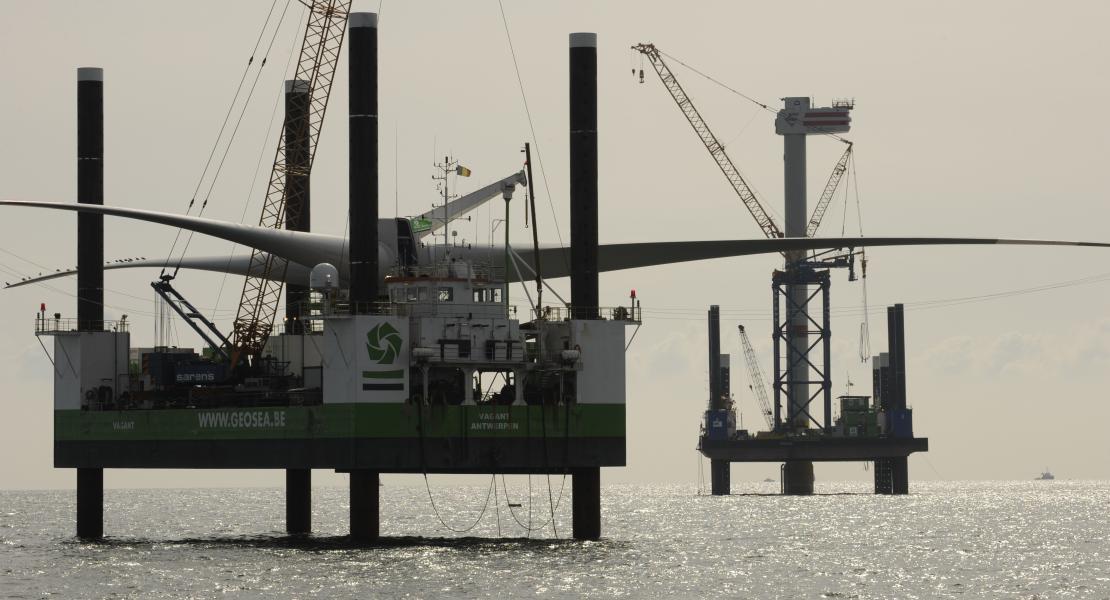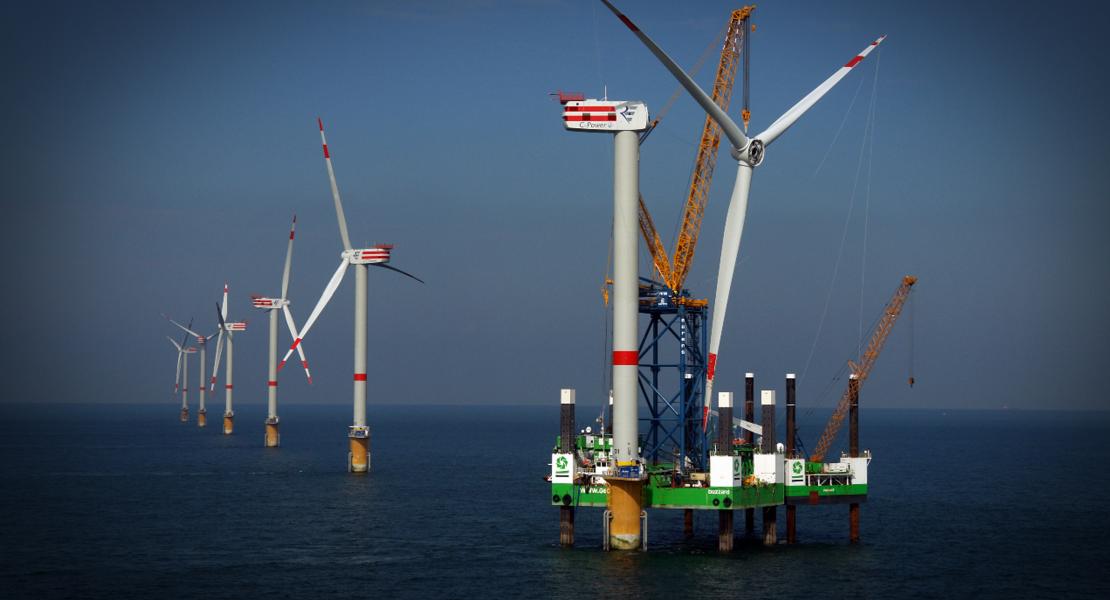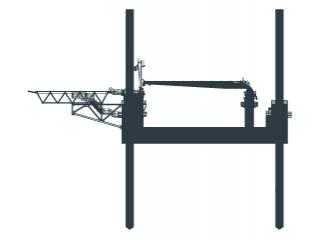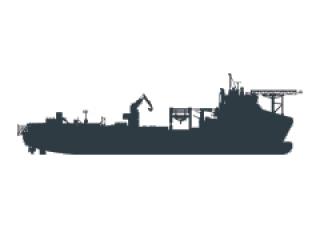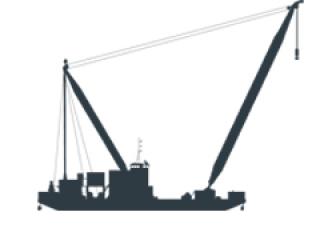In order to achieve the EU-wide 2020 objective of 20 percent of total energy output to be produced by renewable sources of energy (RES), Belgium has committed itself to generate 13 percent of its electricity from RES. With regard to the geography of the country, the density of population, and the limited opportunities for hydro-electric power, and since wind energy offers the most mature technology, it was decided by parliament to develop large offshore wind farms in the Exclusive Economic Zone of the North Sea. A legal and financial framework was established, and market mechanisms such as feed-in tariffs, tradeable green certificates, and guaranteed minimum prices were introduced.
After a project for a nearshore wind farm was aborted because of the fear for visual pollution and objections in public opinion, the government designated a 35 x 9 km specific area for the construction of offshore wind farms on the 267 km² Thornton Bank, between 22 and 55 km off the coastal city of Ostend. A total of seven estate concessions were granted, of which the C-Power scheme was the very first to be realized. C-Power is a pioneering developing consortium for offshore wind farms, of which DEME is a founding member.
At the time of planning and engineering, the very idea of building a farshore wind farm at 25 to 30 km from the coast was unheard of. The initial drawback was turned into an opportunity, and after considering different execution schemes, C-Power decided to make a major leap forwards and go for a total of 54 wind turbines on a 19,84 km² parcel of the C-Power Thornton Bank. Total capacity was of 325,2 MW generating one TWh by turbines of a record 5 to 6,15 MW each. The size of the machines is enormous: the rotor diameter measures 126 m, and at low tide and one rotor in upward position, total height above the waterline is 157 m.
The C-Power offshore wind farm was a world-first in many respects: for the distance to coast; for the depth of sea; for the capacity of the 6,15 MW turbines; for financing with bank funding; for the groundbreaking environmental procedures and conditions; and for the development work in an uncharted and ever changing political, legal and financial environment. Various specific equipment was constructed to make the project feasible in the first place. Besides the innovative technology, financing onstraints, and legal continuity, the weather, the seasonal character of operations, and the severe offshore conditions in the southern North Sea, were major challenges.



